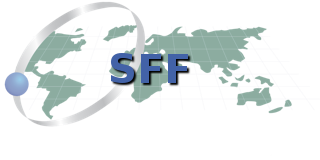Project Summary
The project addresses a key problem in Creative IT — the ubiquitous need for an integrative tool that allows rapid innovation and dissemination in new and interdisciplinary fields of research. A promising approach to this problem is embodied in Field, an open-source programming environment that has been architected in such a way as to support interdisciplinary projects that call upon domain-specific tools, libraries, and languages. To establish that Field may answer this currently unmet need for an integrative tool, we will examine in depth the requirements of researchers interacting with visualizations of large and complex data sets and then program the necessary extensions to Field that will allow them to radically change the way they conduct their research.
While we expect that this project will create a state-of-the-art environment for many kinds of interactive visualizations, our long-term goals are larger. By forming such a specific visualization tool out of a broad, general purpose platform such as Field, we seek to create and explore a new class of programming environment that specifically addresses the needs of interdisciplinary researchers across a broad range of fields (in the sciences, the arts, and the humanities) — an environment where highly interactive choreography of rich programming, debugging, visualization, documentation, notation, collaboration and dissemination tasks are fused with dynamic access to semantically rich and distributed data and information sources supported and sustained in a new fashion.
The potential impact of this project is very broad. The visualization of large data sets will promote public understanding of areas of vital common interest (economic, scientific, demographic, medical, and environmental). It will also enhance the infrastructure for research not only by providing a new tool and approach by which to conduct such research, but also by its potential for integrating desktop computers with supercomputers. Moving outward to other fields, the project will widen the possibilities of digital art by providing not only a new tools platform, but also a new subject and canvas — the massive data landscape that now both shapes and reflects our society. Humanities scholars will benefit in the same way, for they too require access to this new data landscape by means of a tool they can shape to their own ends. Finally, the project will promote teaching, training, and learning through a variety of campus and community-based activities centered on a residency at EMPAC by Marc Downie.

